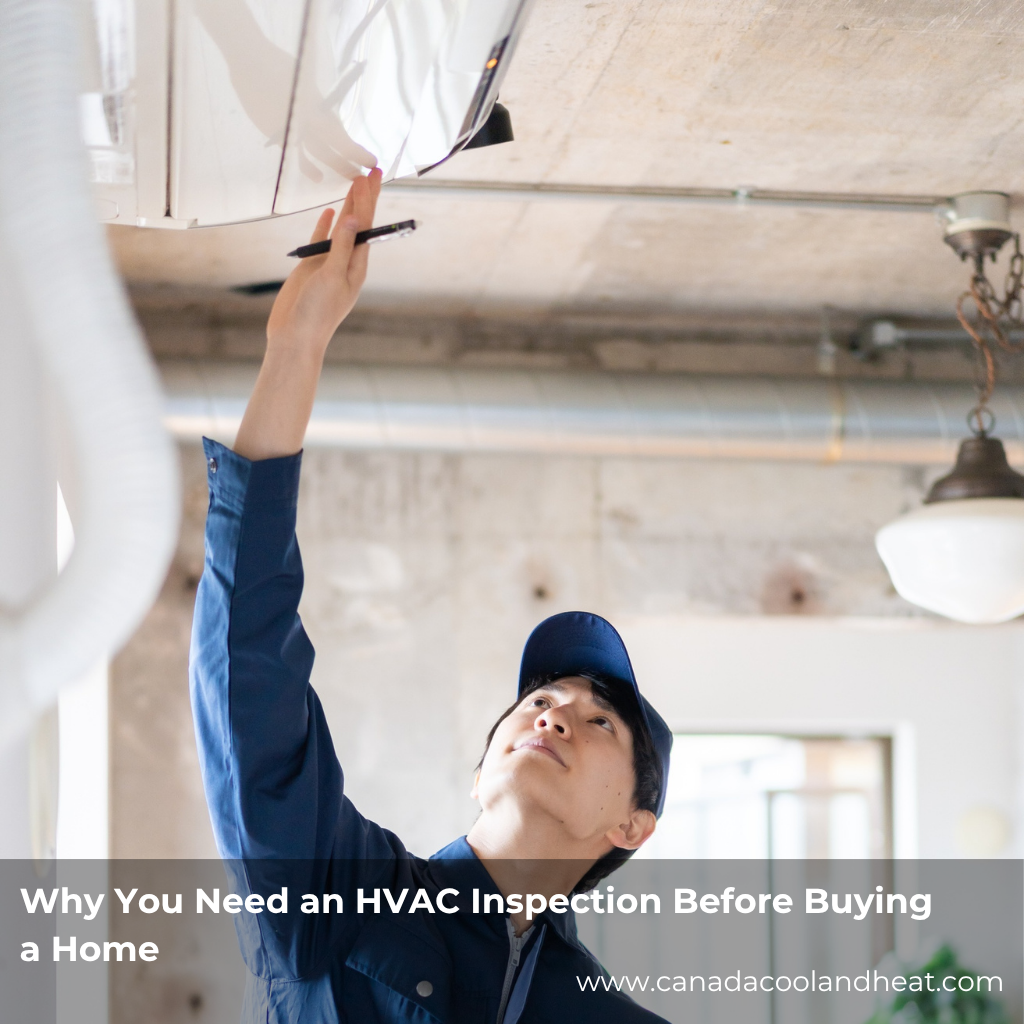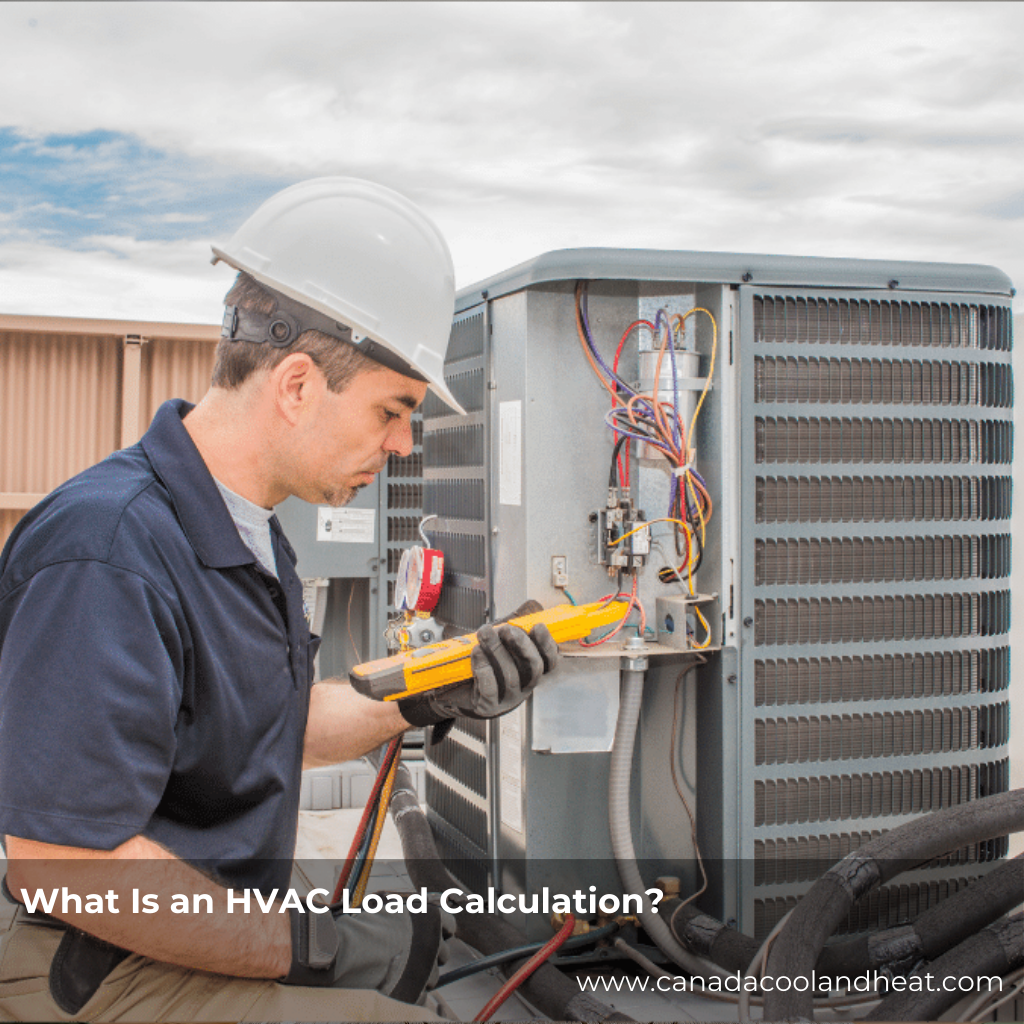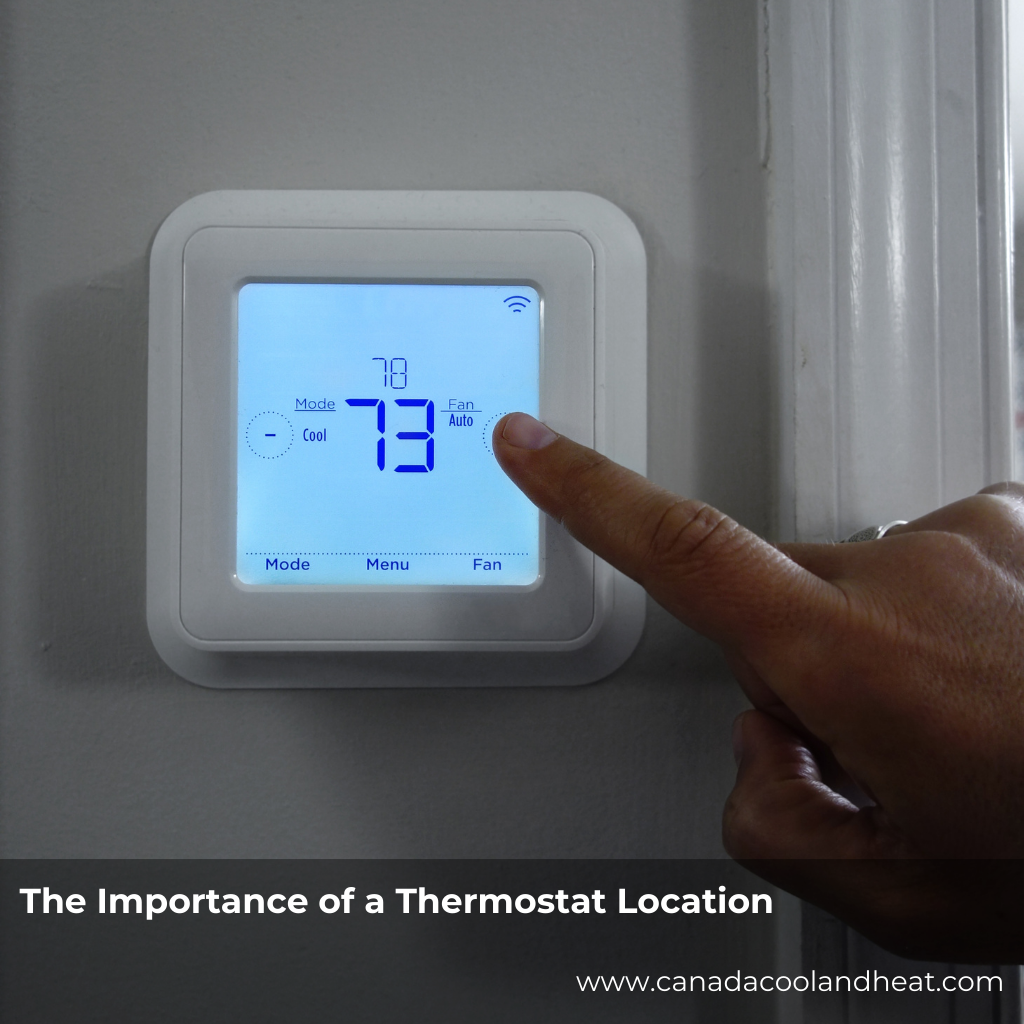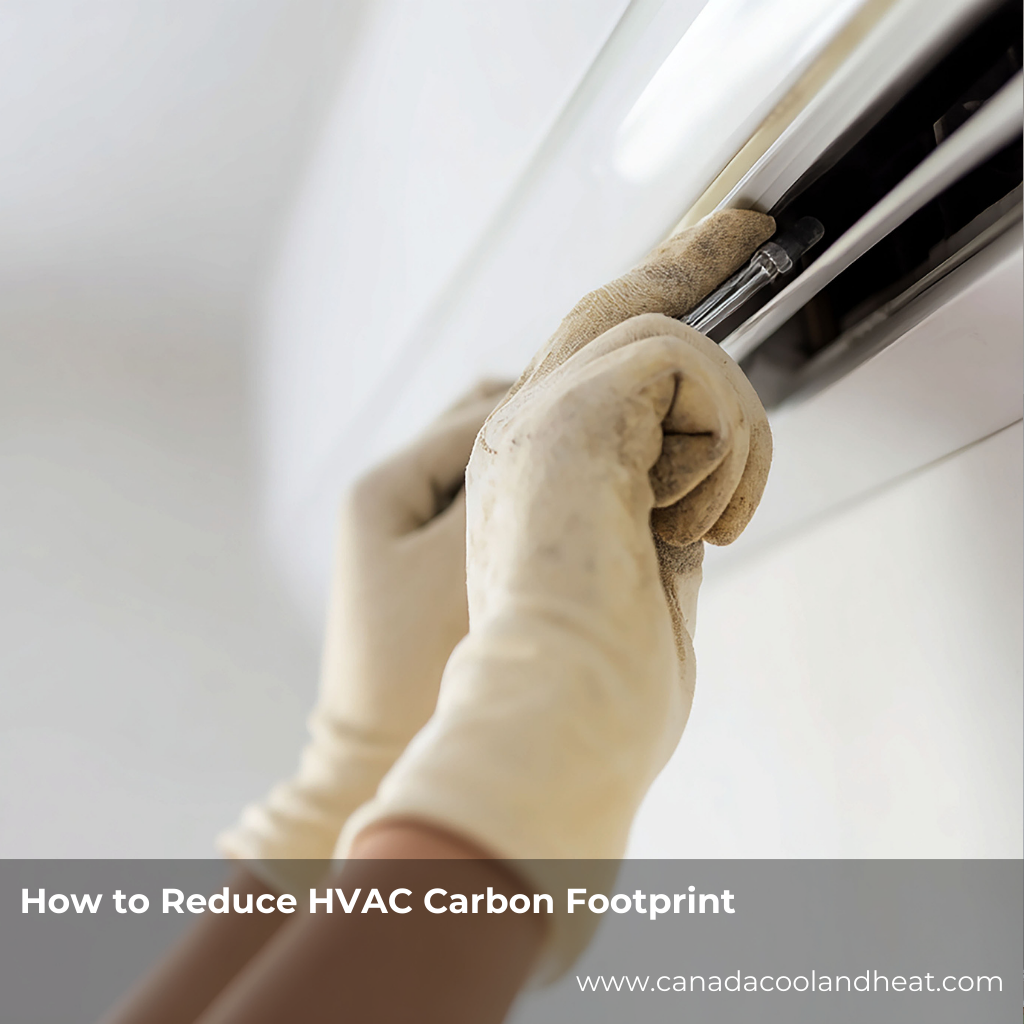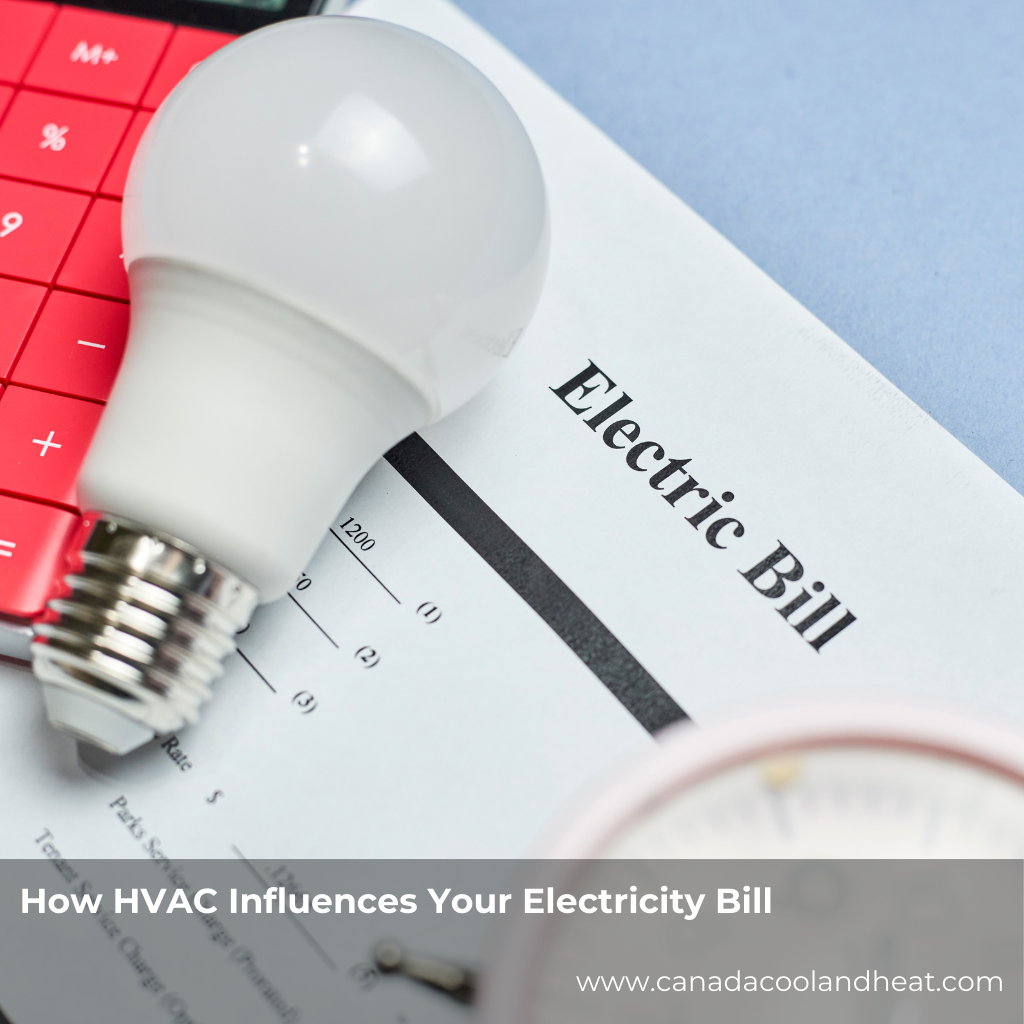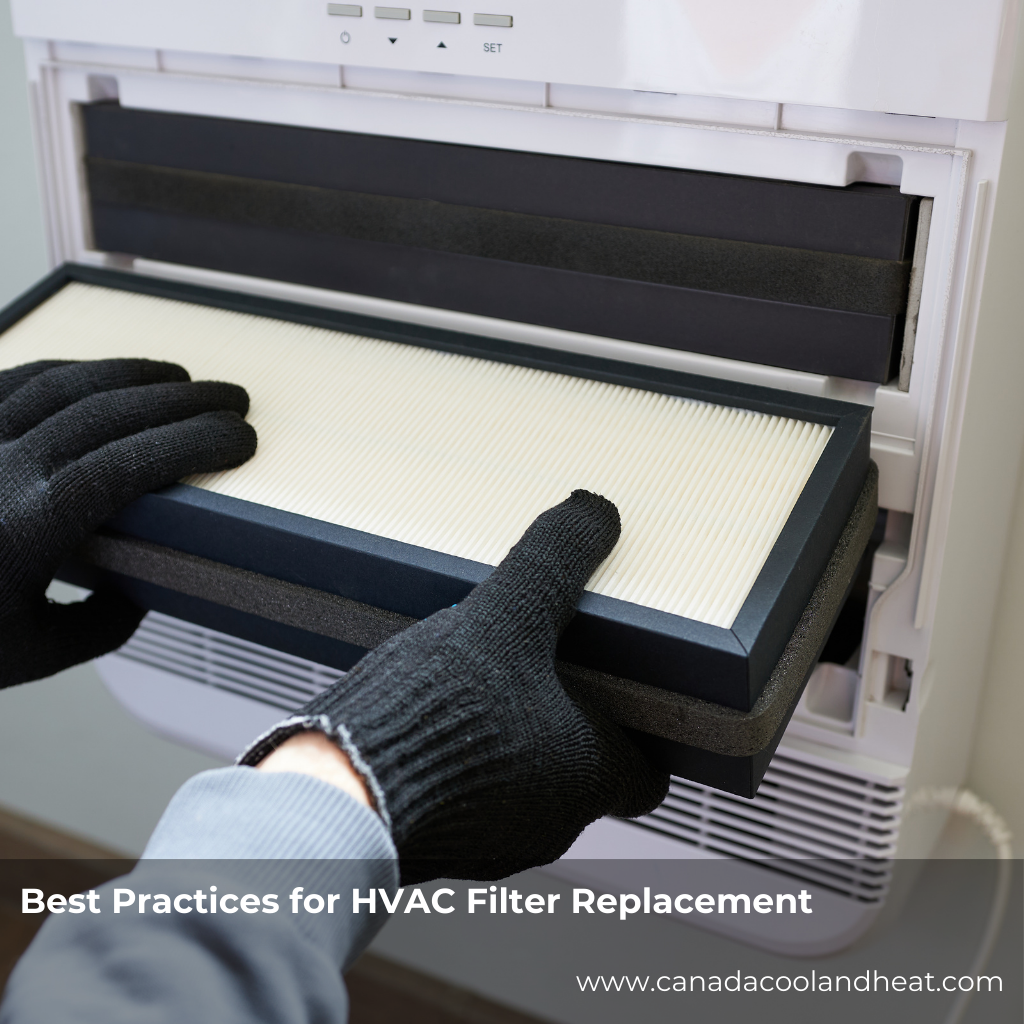Why HVAC Inspections Matter Before You Buy
Buying a home isn’t just about square footage or neighborhood charm — it’s also about how well the house breathes. An HVAC inspection ensures the system is properly sized, maintained, and balanced.
Here’s what inspectors typically check:
-
Airflow and Ductwork: Are ducts sealed and balanced? Poor sealing can waste energy and cause uneven heating or cooling.
-
Filter and Ventilation Systems: A clogged or improperly sized filter can stress your HVAC system.
-
Equipment Age and Efficiency: An outdated furnace or AC could cost thousands to replace.
-
Kitchen Exhaust Systems: Improperly designed vent hoods can upset your home’s pressure balance — and that’s where our story continues.
The Hidden Connection: Vent Hood HVAC Kitchens
Your kitchen’s vent hood is more than just a cooking accessory — it’s a vital part of your home’s ventilation ecosystem. Every time you turn it on, it’s pulling air out of your home. If your HVAC system doesn’t compensate by bringing in fresh air, you can end up with negative air pressure.
What Does That Mean?
When your home’s air pressure drops:
-
Smoke and odors can linger.
-
Combustion gases (like carbon monoxide from gas stoves or furnaces) can backdraft into living spaces.
-
Your HVAC system may work harder, reducing efficiency and lifespan.
So, when inspecting a home, ask about the vent hood’s airflow rate and whether the HVAC system provides make-up air — fresh air that replaces what’s vented out.
Proper Ventilation for Cooking: Fresh Air, Clean Air
A well-designed kitchen ventilation system should do three things:
-
Remove smoke and grease effectively.
-
Keep indoor air balanced.
-
Maintain energy efficiency.
Key Elements of Good Kitchen Ventilation
-
Range Hood Placement: Install the vent hood directly above the cooktop, about 24–30 inches high for electric ranges or 30–36 inches for gas.
-
Ducting: Always vent outdoors. Avoid recirculating vents unless space is limited.
-
Air Replacement: Use make-up air systems for hoods rated above 400 CFM.
-
Filtration: Consider hoods with multi-stage filters to capture grease and particulates.
A good HVAC inspection will verify whether the vent hood connects properly to the home’s ventilation system and whether the overall airflow supports healthy cooking conditions.
Sizing Guidelines: How Big Should Your Vent Hood Be?
Range hoods aren’t one-size-fits-all. An oversized hood wastes energy; an undersized one can’t keep up with your cooking.
Quick Sizing Guide:
| Cooktop Width | Recommended Hood Width | Airflow (CFM) |
|---|---|---|
| 30 inches | 30–36 inches | 250–400 CFM |
| 36 inches | 36–42 inches | 400–600 CFM |
| 48 inches (Pro Range) | 48–54 inches | 600–1200 CFM |
Pro Tip:
For every 10,000 BTUs of cooking power, plan for roughly 100 CFM of ventilation. If your home is tightly sealed, you may need a make-up air kit to maintain proper HVAC balance.
How an HVAC Inspection Protects Your Investment
Think of an HVAC inspection as your home’s health checkup. It helps you:
-
Spot hidden issues early. From leaks to outdated equipment.
-
Ensure indoor air quality. Balanced ventilation keeps your air fresh and safe.
-
Avoid costly surprises. Replacing HVAC components can cost thousands.
-
Verify energy efficiency. Inspectors can identify ways to reduce long-term energy bills.
When paired with a detailed look at the kitchen vent hood and airflow balance, you’ll know exactly how your home handles air circulation — a comfort factor that’s easy to overlook but hard to live without.
Conclusion: Breathe Easy Before You Buy
Before you sign on your dream home, take a deep breath — literally. An HVAC inspection gives you insight into the home’s hidden systems and ensures your vent hood HVAC kitchen setup won’t compromise comfort, safety, or efficiency.
Your future self will thank you every time the air feels just right and dinner smells delicious — not smoky.
Call to Action:
Before buying your next home, schedule a comprehensive HVAC inspection that includes kitchen ventilation assessment. It’s the smartest way to ensure your comfort from day one.
FAQs About HVAC Inspections and Kitchen Ventilation
1. Do I really need an HVAC inspection before buying a home?
Yes. HVAC repairs can be costly, and an inspection helps uncover issues with airflow, ducts, and energy efficiency before purchase.
2. How does a kitchen vent hood affect my HVAC system?
Vent hoods remove air from your home. Without proper make-up air, they can create pressure imbalances that affect heating and cooling performance.
3. What’s the ideal CFM for a vent hood?
For standard kitchens, 250–400 CFM is sufficient. Large or professional ranges may require 600–1200 CFM.
4. What happens if my vent hood is too powerful?
It can create negative air pressure, pulling outdoor air (or even exhaust gases) back into the home. Always pair strong hoods with make-up air systems.
5. Can I use a recirculating vent hood?
Yes, but only when ducting outdoors isn’t possible. These models filter air but don’t remove heat, humidity, or odors as effectively.
6. How often should vent hood filters be cleaned?
Clean metal filters monthly and replace charcoal filters every 3–6 months.
7. What’s included in a professional HVAC inspection?
Inspectors check airflow, refrigerant levels, duct sealing, filter condition, and ventilation balance, including kitchen exhaust systems.
8. Is make-up air required by code?
Many regions require it for hoods above 400 CFM. Check local building codes or ask your inspector.
9. Can poor kitchen ventilation affect health?
Absolutely — trapped grease particles, carbon monoxide, and moisture can degrade indoor air quality and cause respiratory irritation.
10. How can I tell if my kitchen ventilation is working well?
Turn on your vent hood during cooking. If odors linger or smoke escapes, it may be undersized or improperly vented.

